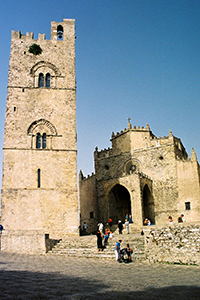Speaker
Description
Formally the neutron is the lightest radionuclide on the bottom left corner of the chart of nuclides. However, in the present context their radioactive decay is not of concern but their interaction with biological tissue. In contrast to the charged particle beams used for hadron therapy, neutrons as neutral particles are not directly ionizing. However, neutron beams can be used for boron neutron capture therapy (BNCT), where the capture of slow neutrons on boron-10 emits an alpha and a lithium-7 ion in an exothermic reaction. These secondary charged particles are highly ionizing and deposit their energy very locally, within less than one cell diameter. Thus the radiobiology of BNCT presents synergies with alpha emitters used in targeted alpha therapy.
We will review the principle and challenges of BNCT and present radiobiological research performed with slow neutron beams at Institut Laue-Langevin in Grenoble.




